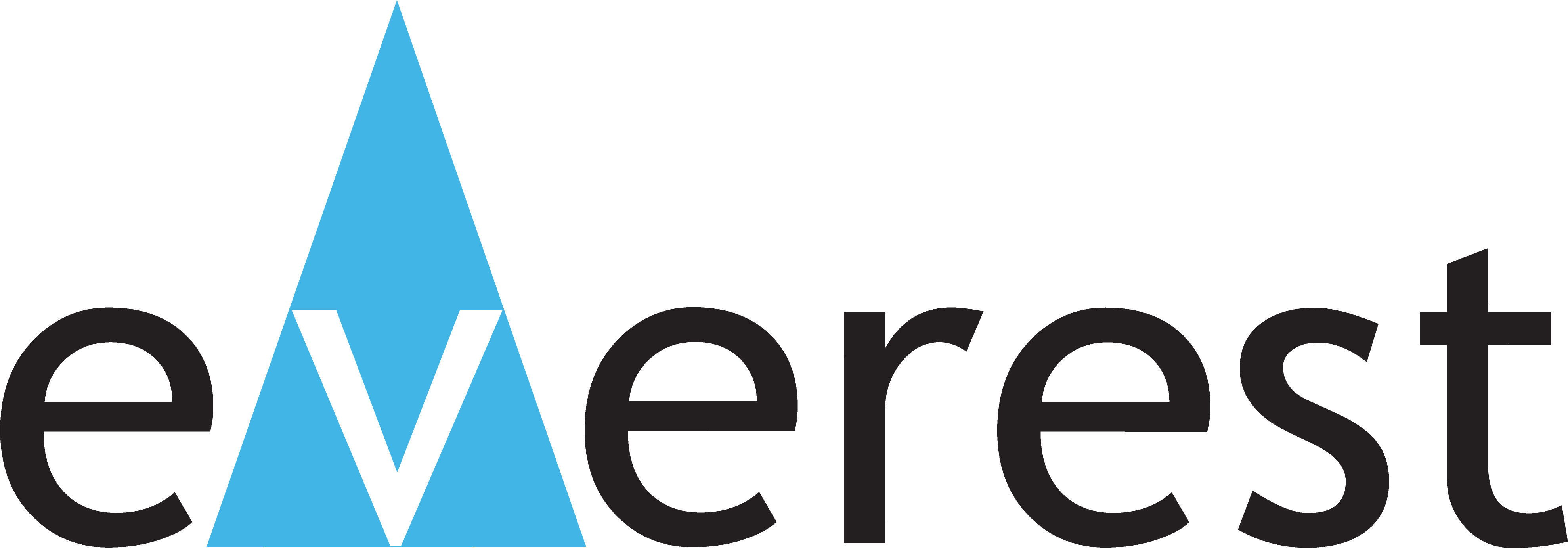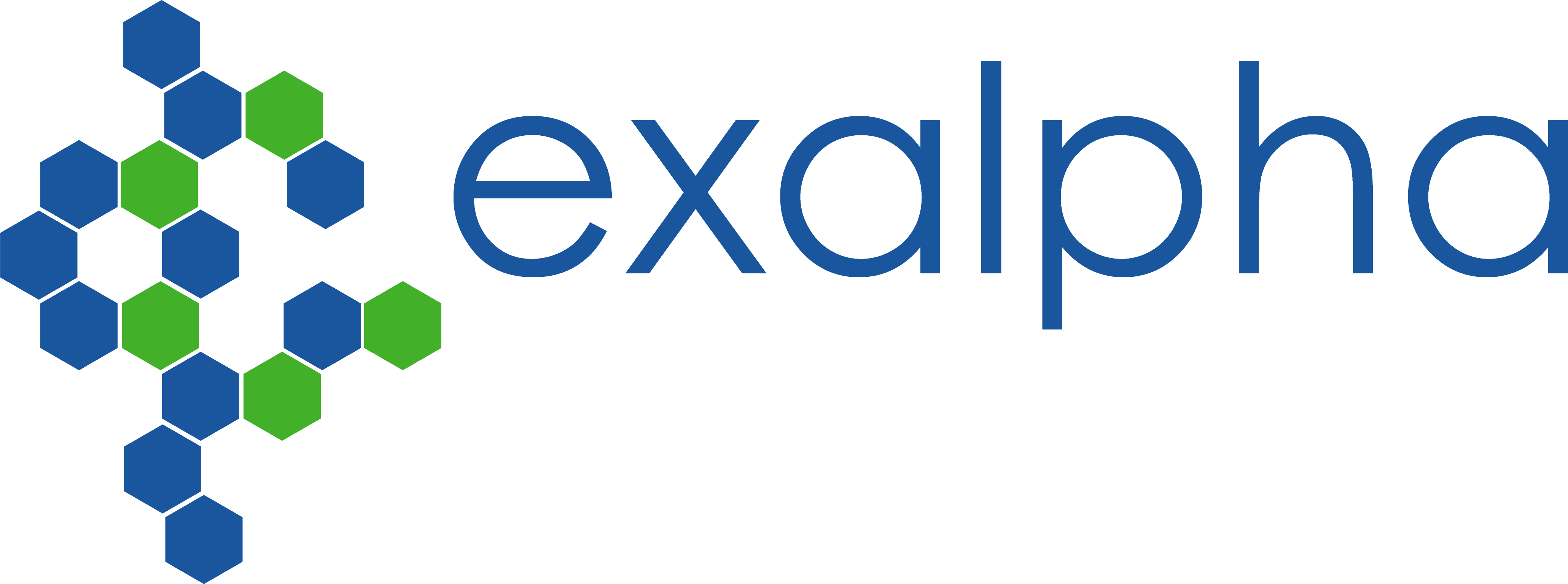order histories, retained contact details for faster checkout, review submissions, and special promotions.
Forgot password?
order histories, retained contact details for faster checkout, review submissions, and special promotions.
Locations
Orders Processing,
Shipping & Receiving,
Warehouse
2 Shaker Rd Suites
B001/B101
Shirley, MA 01464
Production Lab
Floor 6, Suite 620
20700 44th Avenue W
Lynnwood, WA 98036
Telephone Numbers
Tel: +1 (206) 374-1102
Fax: +1 (206) 577-4565
Contact Us
Additional Contact Details
order histories, retained contact details for faster checkout, review submissions, and special promotions.
Forgot password?
order histories, retained contact details for faster checkout, review submissions, and special promotions.
KCNJ4 / Kir2.3
potassium inwardly-rectifying channel, subfamily J, member 4
Several different potassium channels are known to be involved with electrical signaling in the nervous system. One class is activated by depolarization whereas a second class is not. The latter are referred to as inwardly rectifying K+ channels, and they have a greater tendency to allow potassium to flow into the cell rather than out of it. This asymmetry in potassium ion conductance plays a key role in the excitability of muscle cells and neurons. The protein encoded by this gene is an integral membrane protein and member of the inward rectifier potassium channel family. The encoded protein has a small unitary conductance compared to other members of this protein family. Two transcript variants encoding the same protein have been found for this gene.
| Gene Name: | potassium inwardly-rectifying channel, subfamily J, member 4 |
| Family/Subfamily: | Ion Channel , Potassium channel - inward-rectifying |
| Synonyms: | KCNJ4, IRK3, Kir2.3, HIR, HIRK2, HRK1, IRK-3, Hippocampal inward rectifier |
| Target Sequences: | NM_004981 NP_004972.1 P48050 |
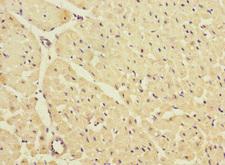
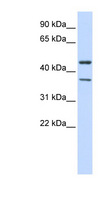




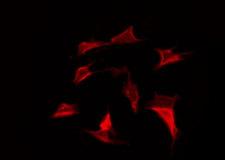
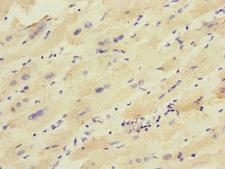
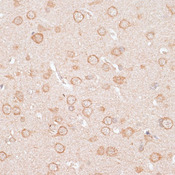
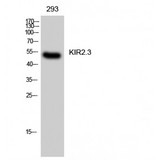

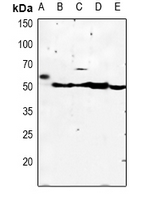
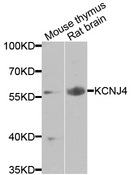
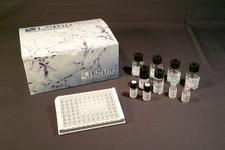

If you do not find the reagent or information you require, please contact Customer.Support@LSBio.com to inquire about additional products in development.



